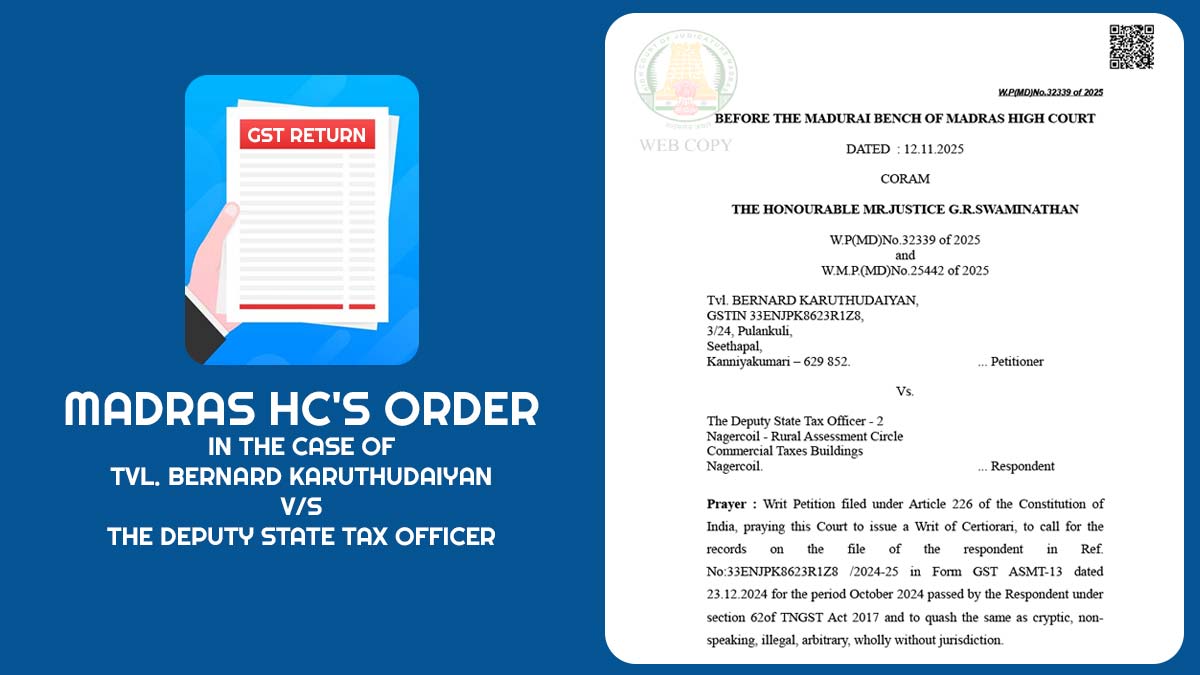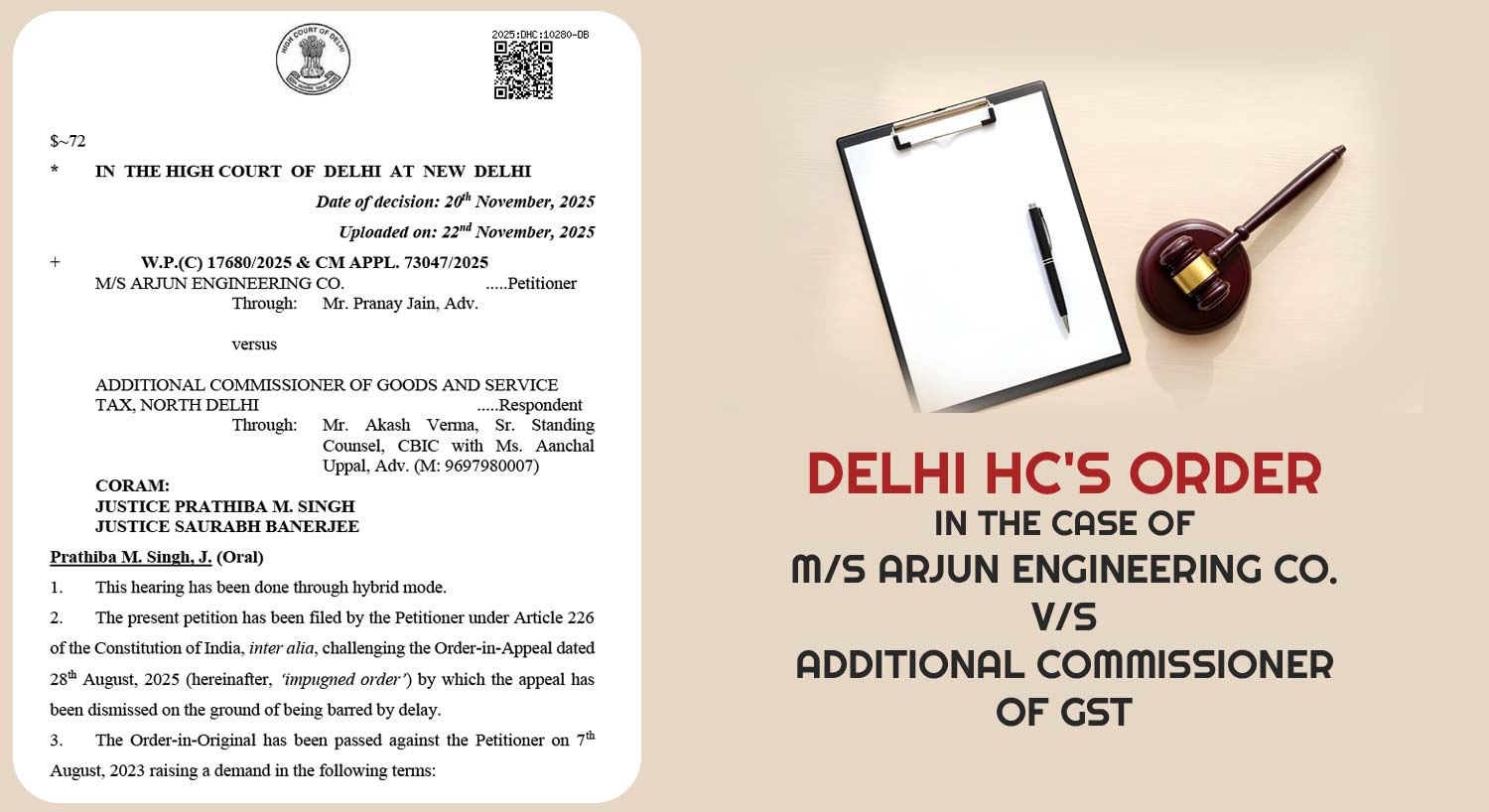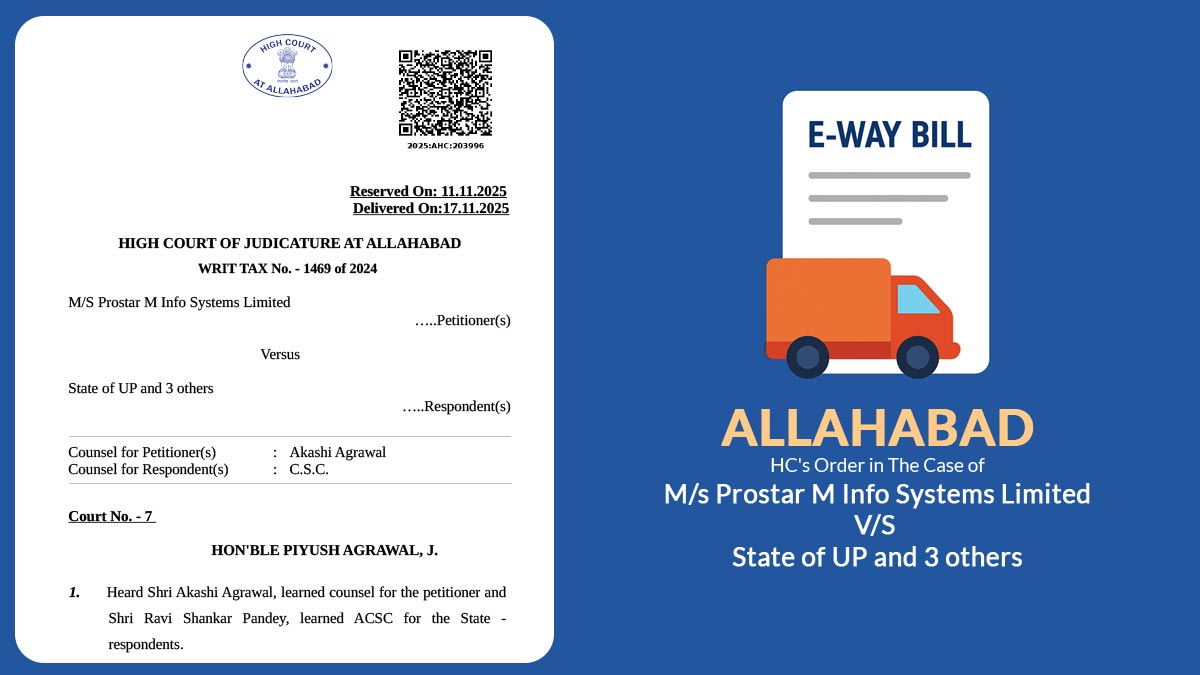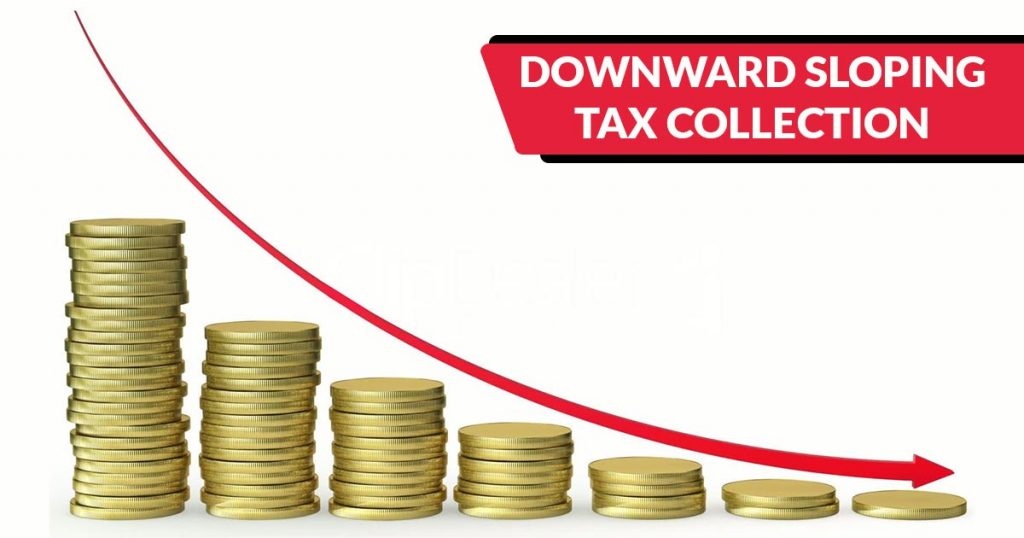
The government has to put in extra efforts to achieve its tax collection targets for FY 2019-20, stated by Lok Sabha. As per the data accumulated for the first seven months of the current fiscal year, the direct tax 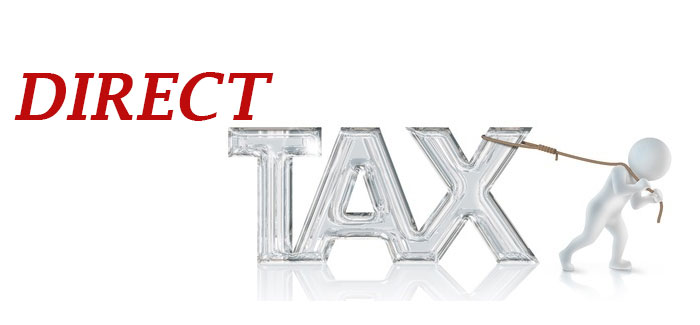
Anurag Thakur, Minister of State for Finance, in a written reply to Lok Sabha said that the Budget Estimate for direct taxes for FY 2019-20 is ₹13.35-lakh crore. But in the seven months (i.e. From April 1 to October 31), the net collection of direct taxes was ₹5.18-lakh crore. Till now the direct tax collection is approximately 38% of the BE against 44% in the same time period for FY 2018-19.
Goals can be achieved only if the tax collection growth rate is constant at 30% per month for the rest of the year. The GST council meeting 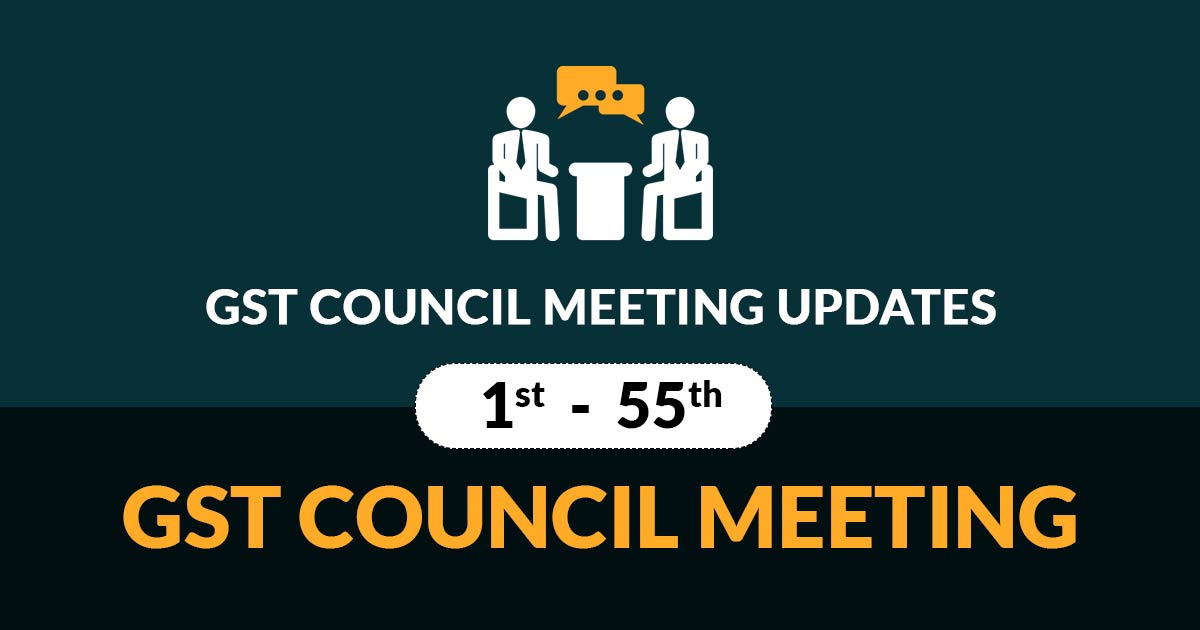
As far as the tax collection is concerned, Anurag Thakur said the actual net mop up for the Centre (CGST) was around ₹3.26-lakh crore during the April-October period against the BE of ₹6.63-lakh crore which means the monthly CGST share alone should remain constant to ₹67,000 crores for the rest of the current FY. In the case of the States then the average monthly collection has to remain constant to more than ₹1.10-lakh crore a month for the rest of the year. The figures are hard are quite challenging for the government.
Anurag Thakur further stated that the decreasing or increasing revenue collection with regards to its BE can be calculated only at the end of the financial year. Due to some experts, the downfall in revenue collection is estimated to be more than ₹2-lakh crore after considering the loss of ₹1.45-lakh crore owing to the Corporate tax rate cut.
The slowdown in the economy is one of the prominent reasons for the lower tax collections. Consumption is low having an adverse effect on the GST collection. Since the corporate sector has not been touched, this has resulted in low or no increment in salary for employees. This has led to lower consumption and the increased risk of not being able to achieve tax collection targets.




